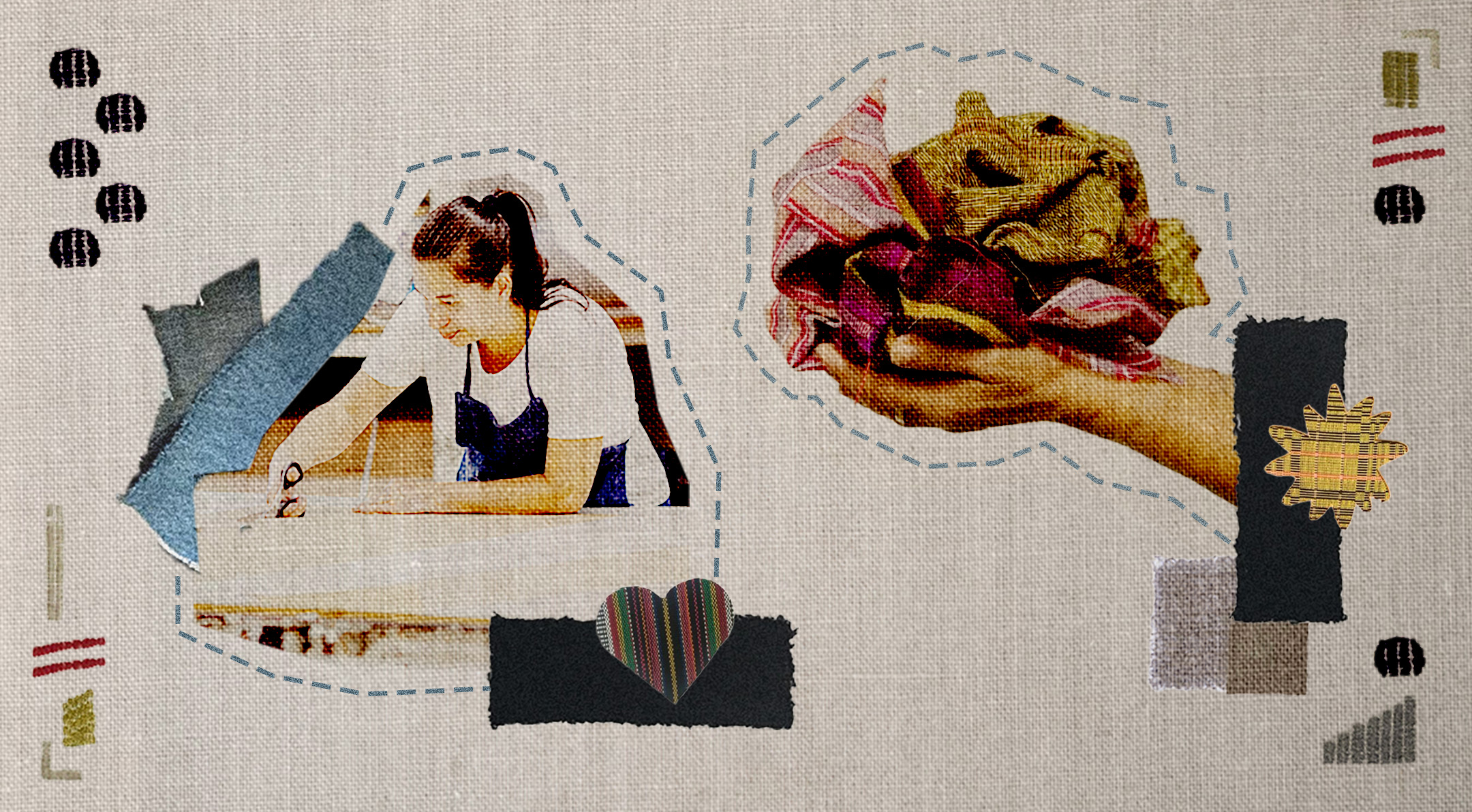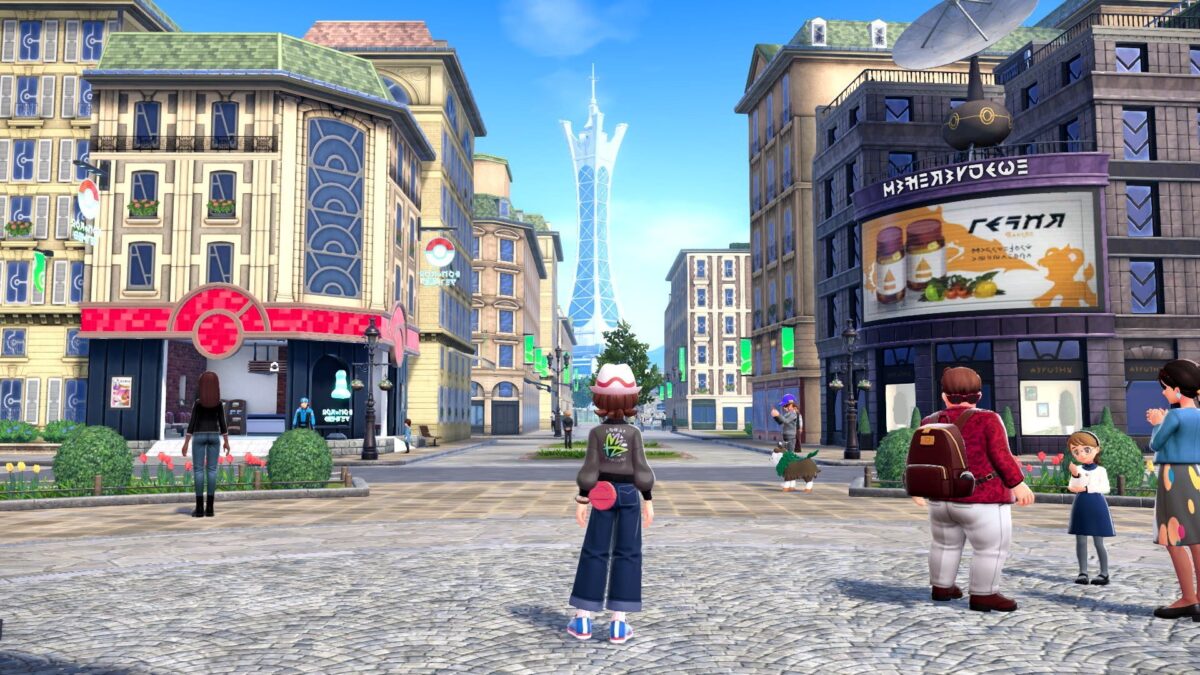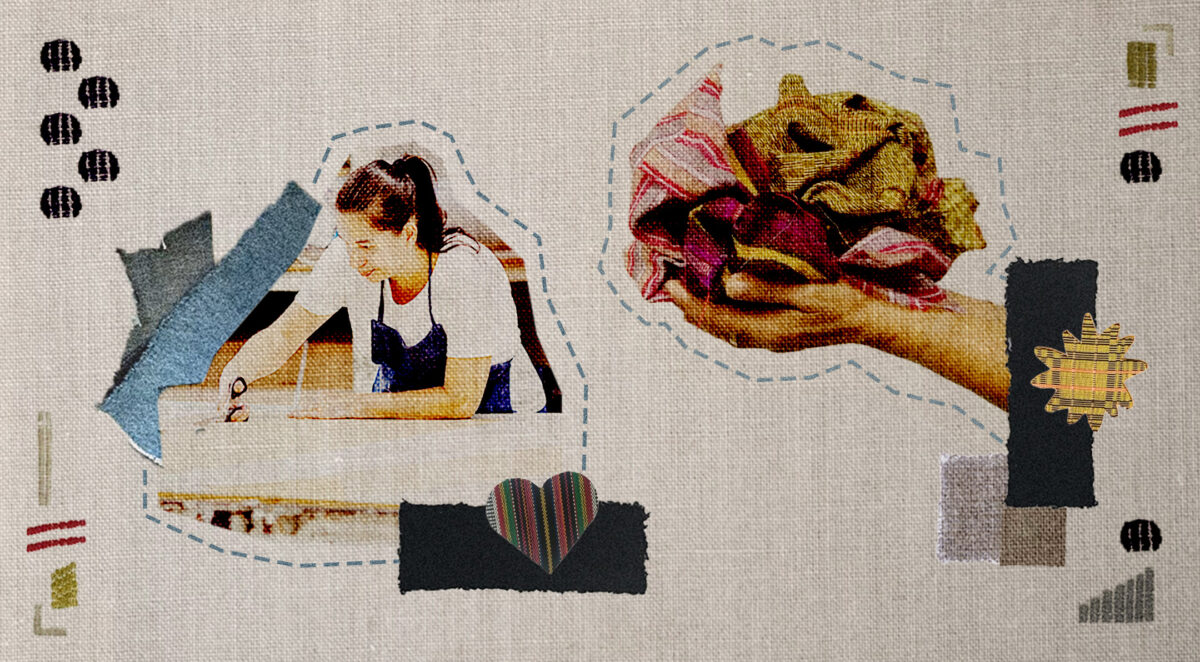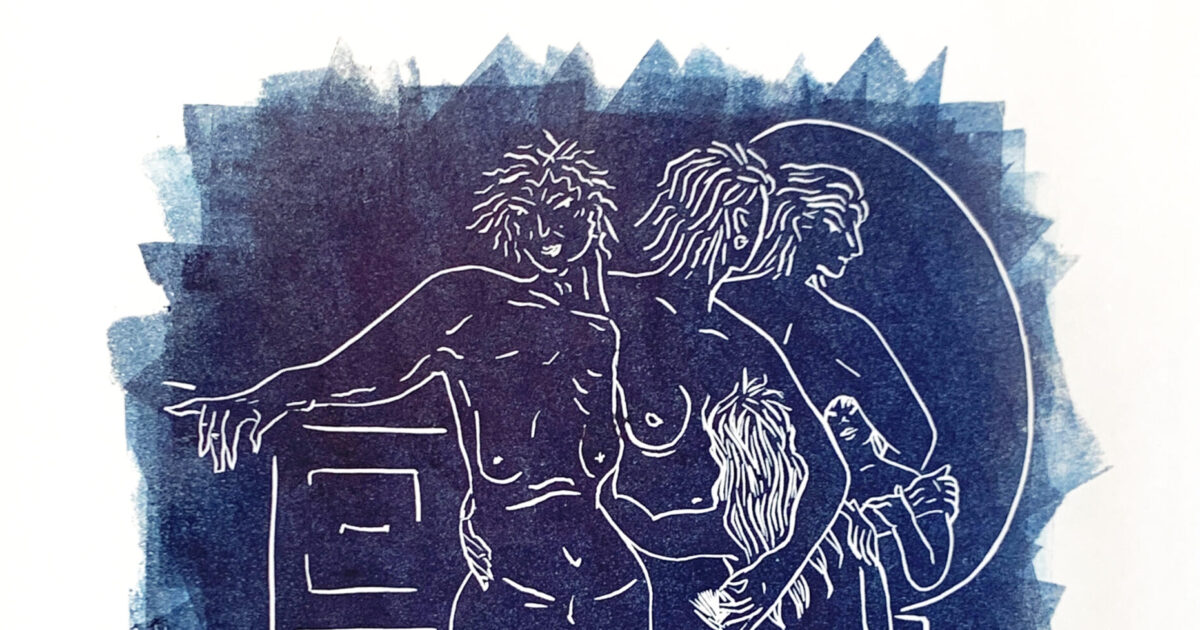Ana (not her real name) just wanted their swimming pool to be leaf-free. Their neighbor’s sampaloc tree was causing the hassle of perpetual cleaning, so she had asked the homeowners’ association to have the tree pruned.
That very night, she experienced excruciating pain from her head radiating to her back. She was in and out of the hospital for over a week, and expenses piled up. Pain relievers were no help, and doctors kept diagnosing her with head trauma to her neck. MRI and CT scans revealed bulges down her spine, but she had no idea what could have caused them since she hadn’t been injured.
Her Visayan mother-in-law suggested, “Baka binatukan ka ng kapre!” and promptly brought her to an albularyo (herb doctor) in Batangas.
The albularyo was in her early 40s, a mother of three. She had a Sto. Niño image. She claimed that she had to continue her healing practice even if it took so much time and energy away from her because she would get sick when she stopped. She laid her hands on Ana and asked her to drink from a bottle of water with pieces of notebook paper inscribed with Latin prayers. There was no explicit charge for her services (a mark of a real albularyo, the elders say). Still, visitors could leave a love offering or donation (P500 was standard).
Ana was not merely humoring her mother-in-law when she agreed to go on the long rides (she was asked to return thrice). She admitted enjoying the retail therapy at the markets after the visits.
Powers of the unknown
Both women are well-to-do and well-educated. Despite living in a posh gated community in Metro Manila, both recognized the powers of the unknown. Ana had seen duwende (elves) as a child and believed in such creatures’ existence. Pagpapatawas, hilot and other rituals were normalized in her household.
In Philippine mythology, the kapre is a giant that lives in big trees like acacias, mangoes, bamboo and balete. They are said to turn vengeful when the tree they inhabit is cut down.
In “Tabi-Tabi Po: Situating the Narrative of Supernatural in the Context of the Philippines Community Development,” Paolo Miguel Vicerra and Jem R. Javier explained, “The kapre … can do terrible things to the people who have caused the disturbance. Respect is projected by performing a ritual in which the natural environment is central.”
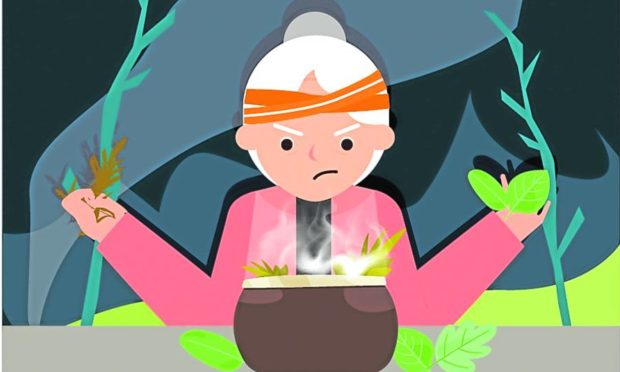
Upon the albularyo’s advice, Ana visited their neighbor’s house and requested to pay homage to the tree.
The neighbors were a family of doctors. If Ana expected to see skeptical sneers or snickers, she found none. She was allowed entry to the back of the house, where an odd triangulation of trees, including the sampaloc in question, was curiously left untouched. The formation didn’t match the rest of the house’s design aesthetic; it was just … undisturbed.
As instructed, Ana poured a liter of bottled water on the tree and asked for forgiveness from the tree dweller. She didn’t dare look up. After all, it was 6 p.m., what she called oras de peligro. Her children are not permitted to play outside at that time, baka mabati.
Miracle?
Ana claimed that all the pain was gone by that very evening. She no longer had to take any pills or do the physical therapy prescribed by her neurologist. She had her house blessed once again by a mantatawas for good measure and a Catholic priest.
The first time she had her house blessed, Ana said she didn’t have an altar, which is why her children would get sickly. She set up an altar but the kids would still get usog (unexplained fussiness or ailments in children) due to possible spirits arriving with helpers that she would employ. She has since stopped hiring helpers.
In a 2008 interview on “100% Pinoy,” psychologist Jose Fadul observed that pagtatawas or healing rituals flourish in rural areas because medical care remains costly and inaccessible. But how does it persist in urban settings?
“Perhaps, the common story of people who have been cursed because they have passed by creature-imposed ‘prohibited zones’ is more likely a residue of the rural horror narrative tradition. Creatures, such as the kapre and dwende still demand respect for their private space, and if this is not shown, they will cause fright and/or harm,” according to Vicerra and Javier.
In a 2020 interview on “Magandang Buhay,” comedian K Brosas admitted having undergone pagpapatawas, too. She was experiencing stroke-like symptoms, seizures, stiffening of the hands and weight loss, but all the emergency rooms she went to found her to be physically healthy. Much later, she was diagnosed with chronic anxiety disorder due to suppressed emotions or depression. She said that one of its triggers could even be extreme happiness.
Could the disappearance of Ana’s symptoms be a placebo effect from her tree ritual or through the say-so of an appeased kapre? Or did the after-effects of all the physical rehab, painkillers and antianxiety medication just finally kick in? Prayers were offered for her healing, too, so can it also be called a miracle?
“Mag-exercise ka kasi, ang dami mo pang sinabi!” Ana’s husband joked. Ana shot back that she was already single-handedly cleaning their house and taking care of their kids on top of her job, and the tension diffused.
Whatever the cause, searching for a solution for the unexplained events in our lives will always be interesting. —Contributed INQ




